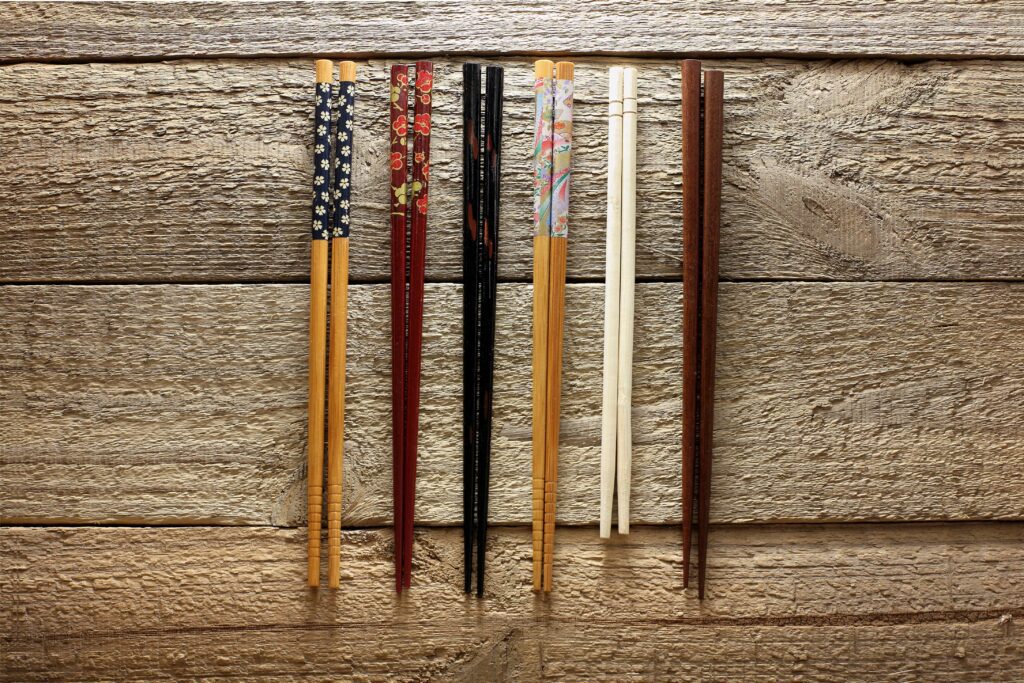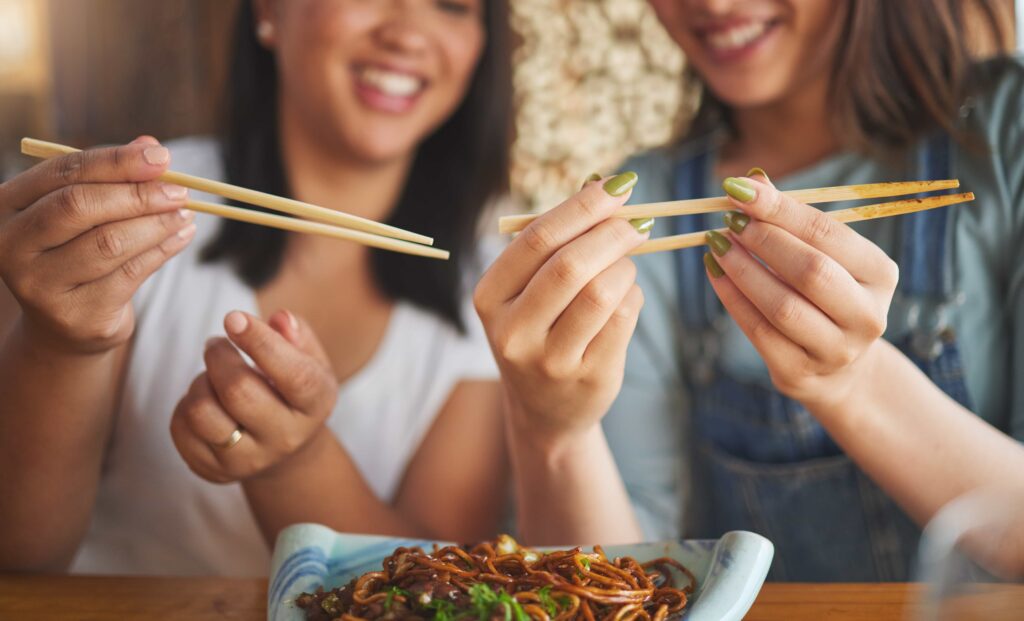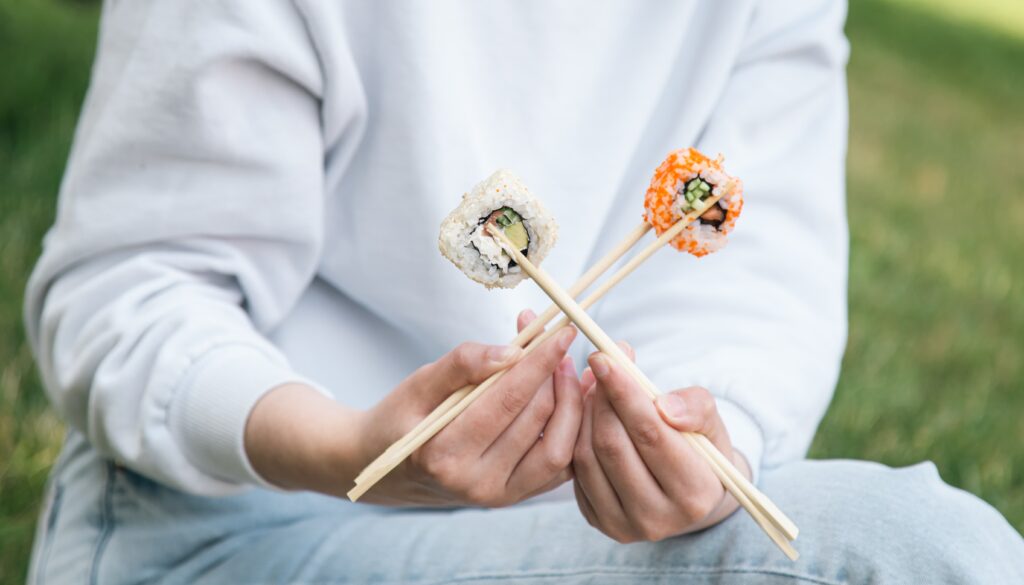Imagine enjoying a delicious meal, effortlessly picking up sushi or noodles with a pair of chopsticks. While it may seem daunting at first, mastering chopsticks opens up a world of culinary enjoyment! This guide will help you navigate the basics and become a pro in no time.
A Brief History of Chopsticks
Chopsticks have a rich history, originating in ancient China and spreading across Asia, including Japan.
Origins and Evolution
Early chopsticks were made from simple materials like wood or bamboo, initially used for cooking and serving. Over time, they evolved as they spread to different cultures. By the 3rd century AD, chopsticks had made their way to Japan, Korea, and Vietnam, each culture adapting the design to fit their culinary needs. As technology advanced, the materials used for chopsticks diversified, enhancing their functionality and aesthetics.
Types of Chopsticks
Chopsticks come in various styles, each with unique characteristics and cultural significance. Understanding these differences can enhance your dining experience and appreciation for this versatile utensil.
- Wooden Chopsticks are traditional and popular for everyday use. They provide a warm touch and a good grip, making them suitable for a variety of dishes. Many people appreciate the aesthetic quality of wooden chopsticks, as they often come in beautiful designs and finishes.
- Bamboo Chopsticks are lightweight and eco-friendly, making them a favorite for disposable options. They are often found in casual dining settings and sushi restaurants. Bamboo’s natural properties also give these chopsticks a pleasant texture.
- Plastic Chopsticks are affordable and available in a wide range of colors and designs, making them perfect for casual dining or takeout meals. While they may lack the traditional charm of wood or bamboo, their convenience and ease of use appeal to many.
- Metal Chopsticks, often made of stainless steel, are durable and modern. They are commonly found in Korean cuisine, where their flat design helps with gripping food. Metal chopsticks can also have a sleek, contemporary look, making them a stylish choice for dining.

Differences in Chopsticks Across Cultures
Chopsticks differ significantly across cultures, reflecting regional culinary practices and preferences.
- Japanese Chopsticks are typically shorter and feature pointed tips, which make them ideal for picking up delicate items such as sushi or sashimi. The shorter length allows for greater precision and control, which is especially important in Japanese cuisine, where presentation and finesse are highly valued.
- Chinese Chopsticks, on the other hand, are usually longer and thicker. This design is practical for serving larger dishes and sharing food in communal dining settings. The extra length allows for easy maneuvering in shared bowls and platters, which is a common practice in Chinese meals.
- Korean Chopsticks often have a flat design and are frequently made of metal. This distinctive shape aids in gripping and picking up food, especially the rice and various side dishes typical of Korean cuisine. The metallic material also reflects a modern aesthetic that has become popular in contemporary dining.
Each type of chopstick serves its purpose within its cultural context, enhancing the overall dining experience. Understanding these differences not only enriches your knowledge but also makes you a more mindful diner.
Step-by-Step Guide on How to Use Chopsticks
Ready to start using chopsticks? Follow these simple steps to build your skills and confidence!
Step 1: Hold the First Chopstick
Begin by placing one chopstick between your thumb and the base of your ring finger. The chopstick should rest comfortably against your ring finger while being secured by your thumb. This chopstick will serve as your anchor, remaining stationary throughout the process. Ensure it feels secure yet relaxed; you don’t want it to slip or feel tight.
Step 2: Position the Second Chopstick
Next, take the second chopstick and hold it with your index and middle fingers. Position it like a pencil, allowing it to move freely. This chopstick is your primary tool for gripping food, so hold it firmly but not too tightly. The key here is to maintain flexibility, enabling you to adjust your grip as needed.

Step 3: Practice Opening and Closing the Chopsticks
Now, it’s time to practice moving the top chopstick. Use your index and middle fingers to open and close the chopsticks. Start by picking up larger items, such as pieces of sushi or vegetables. This will help you develop a sense of how much pressure is needed to grasp and release food. As you gain confidence, challenge yourself with smaller, more delicate items.
Step 4: Adjust Your Grip and Control
Once you’re comfortable with the basic motion, focus on adjusting your grip. A loose, flexible grip allows for better control and precision. Practice picking up small pieces, gradually moving to more delicate foods like slippery noodles or rice. Pay attention to how your fingers interact with the chopsticks, making adjustments as necessary for better handling.
Step 5: Practice with Varied Foods
Finally, it’s time to put your skills to the test with a variety of foods. Start with larger, easy-to-grab items like sushi rolls or thick vegetables. As you feel more confident, challenge yourself with smaller, slippery foods like rice, noodles, or even small pieces of fruit. The more you practice with different textures, the more adept you’ll become at using chopsticks.

Common Mistakes to Avoid
As you practice using chopsticks, it’s important to be aware of common pitfalls that can hinder your progress. Here are some key mistakes to watch out for:
- Tight Grip: Holding the chopsticks too tightly can restrict movement and make it difficult to control them. Aim for a relaxed grip; this will give you better dexterity and allow for smoother motions.
- Using Both Hands: It might feel easier to use both hands when first learning, but this can complicate your technique. Focus on using one hand; this will help you develop better coordination and precision.
- Reaching Too Far: Many beginners instinctively reach for food that is too far away. This can lead to awkward movements and dropped food. Keep your food close to your plate, and bring the chopsticks to the food instead of the other way around.
- Neglecting Practice: Like any skill, using chopsticks requires consistent practice. Avoid falling into the trap of thinking you’ll master them overnight. Regularly practicing with different types of food will build your confidence and improve your technique over time.
Fun Exercises for Mastering Chopsticks
Make your practice sessions enjoyable with these engaging exercises that will help you master chopsticks while having fun!
- Pick Up Small Objects: Start by using chopsticks to pick up small, lightweight items such as marshmallows, jelly beans, or even small candies. This exercise helps you get comfortable with the motion and grip.
- Time Challenges: Set a timer and challenge yourself or friends to see who can pick up the most items in a minute. This friendly competition can add excitement to your practice while enhancing your speed and control.
- Food Textures: Experiment with a variety of food textures. Begin with larger, firm items like carrot sticks, then progress to slippery foods like noodles or rice. This will not only improve your skills but also make your practice sessions delicious!
- Cooking Practice: Incorporate chopsticks into your cooking routine. Try using them to stir dishes like stir-fried vegetables or to serve salads. This will help you practice while engaging in a fun culinary activity.
- Create a DIY Game: Make a game out of your practice. For example, create a “chopstick relay” where you pass objects down a line using chopsticks. This will develop your skills while fostering a fun atmosphere.

Master Using Chopsticks and Eat at Kobe Japanese Steakhouse!
Mastering chopsticks is a rewarding skill that enhances your dining experience. With practice, you’ll confidently navigate your favorite dishes like a pro!
Visit Kobe Japanese Steakhouse and put your newfound skills to the test. Enjoy a variety of delicious dishes while embracing the art of using chopsticks. We can’t wait to see you soon!
